

Engage prospects with a scan and streamline customer engagement with FREE QR code marketing tools by Sona – no strings attached!
Create a Free QR CodeFree consultation

No commitment

Engage prospects with a scan and streamline customer engagement with FREE QR code marketing tools by Sona – no strings attached!
Create a Free QR CodeFree consultation

No commitment
In today’s digitally driven world, QR codes have evolved from a novelty to a strategic powerhouse in bridging offline engagement with online action. For pipe locating equipment providers, QR codes represent a frictionless and highly effective way to streamline field operations, simplify equipment access, and deliver critical information instantly: no app download or complex setup required.
The demands in underground utility detection and infrastructure mapping mean that fast, accurate, and compliant data delivery is essential. Many teams still contend with paper manuals that quickly go out of date, lost documentation, or equipment history that never makes its way back to the office. Delayed access to vital information not only frustrates field technicians but can result in costly downtime, compliance risks, or even unsafe working conditions. QR codes help close this information gap by linking physical equipment with dynamic digital resources, meeting every on-site need with just a scan—for example, this QR system with data.
Strategic deployment of QR codes empowers pipe locating equipment providers to overcome persistent challenges, drive operational efficiency, enhance customer experiences, maintain safety standards, and support business growth initiatives. When paired with centralized platforms like Sona QR and Sona, providers can connect field engagement to revenue outcomes, update content without reprinting labels, and retarget scanners based on real intent signals.
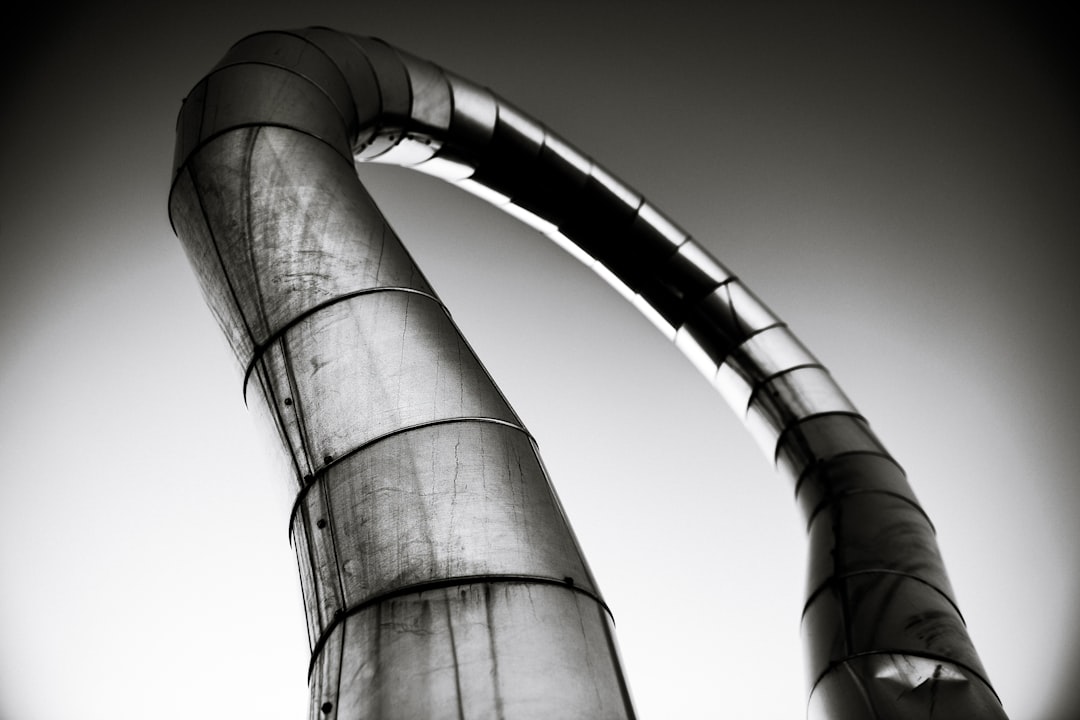
Field-to-desk alignment is one of the hardest problems to solve in the pipe locating space. Equipment moves quickly between crews and sites, service records are handwritten or scattered across spreadsheets, and important context gets lost between the field and the back office. QR codes turn every asset and document into an interactive touchpoint that sends people directly to the right resource, while feeding data back to operations and sales systems in real time.
The result is a tighter loop between the field, the office, and the customer. Instead of chasing down manuals or emailing PDFs, technicians scan a code on the instrument case to open current calibration procedures, log maintenance with a digital checklist, or request parts with a prefilled form. Managers see scan activity in a dashboard, know which devices are getting the most attention, and can reach out proactively when scan patterns suggest a problem or an upsell opportunity. With Sona QR, all of this activity becomes trackable and editable without reprinting, so your documentation keeps pace with evolving requirements.
A centralized QR platform ties these workflows together at scale. Sona QR lets you manage hundreds or thousands of codes, swap destinations without reprinting labels, and route scan events into your CRM or service desk. The effect is immediate: fewer missed opportunities, fewer compliance gaps, and more complete account records that reflect on-the-ground activity.
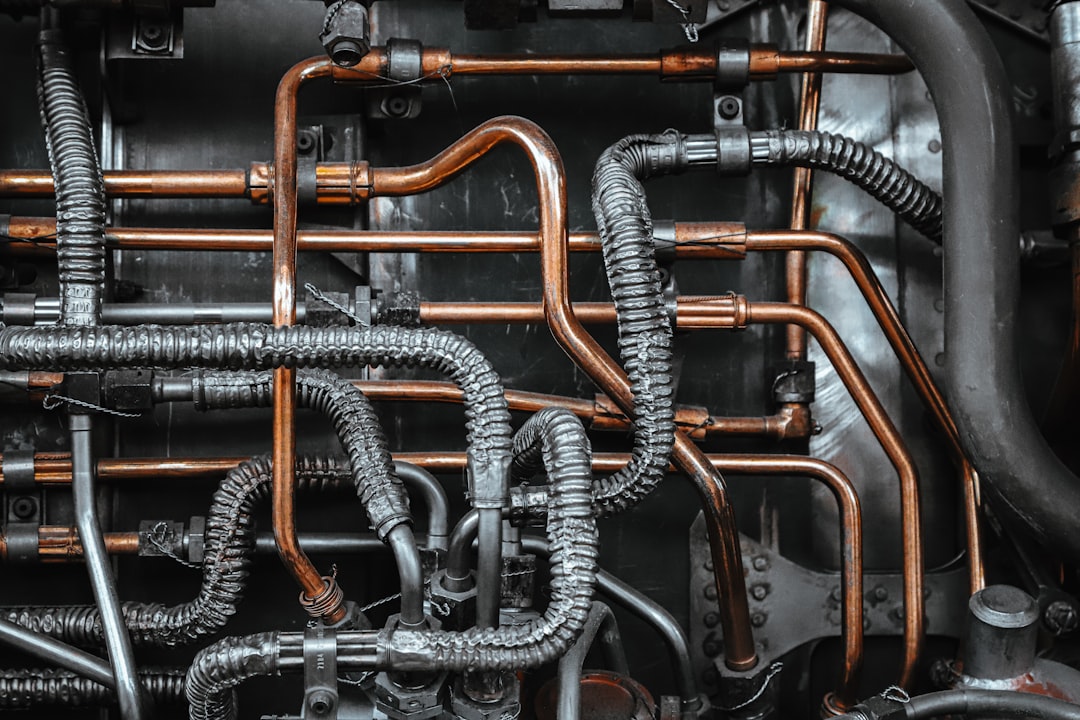
Pipe locating equipment providers face unique challenges that revolve around speed, accuracy, and safety. Crews need current settings, frequency guidance, and utility marking standards at unplanned job sites. Contractors and municipal teams often share equipment across multiple locations, which makes paper manuals, PDFs in inboxes, or outdated binders inefficient and risky. QR codes solve these gaps by meeting the technician at the point of need, regardless of location or connectivity conditions.
Just as important, scanning behavior produces high-value signals that reveal interest, intent, and pain points. A contractor who scans a product comparison at a trade show or a rental customer who accesses a frequency guide multiple times in a week has told you something actionable about their needs. Without QR codes and the analytics behind them, those signals remain invisible and unmeasured.
For pipe locating professionals, these benefits map directly to common materials and touchpoints. Asset tags, service stickers, rental contracts, parts packaging, trade show handouts, and direct mail can all carry QR codes that route users downstream to exactly what they need, while keeping your organization informed.
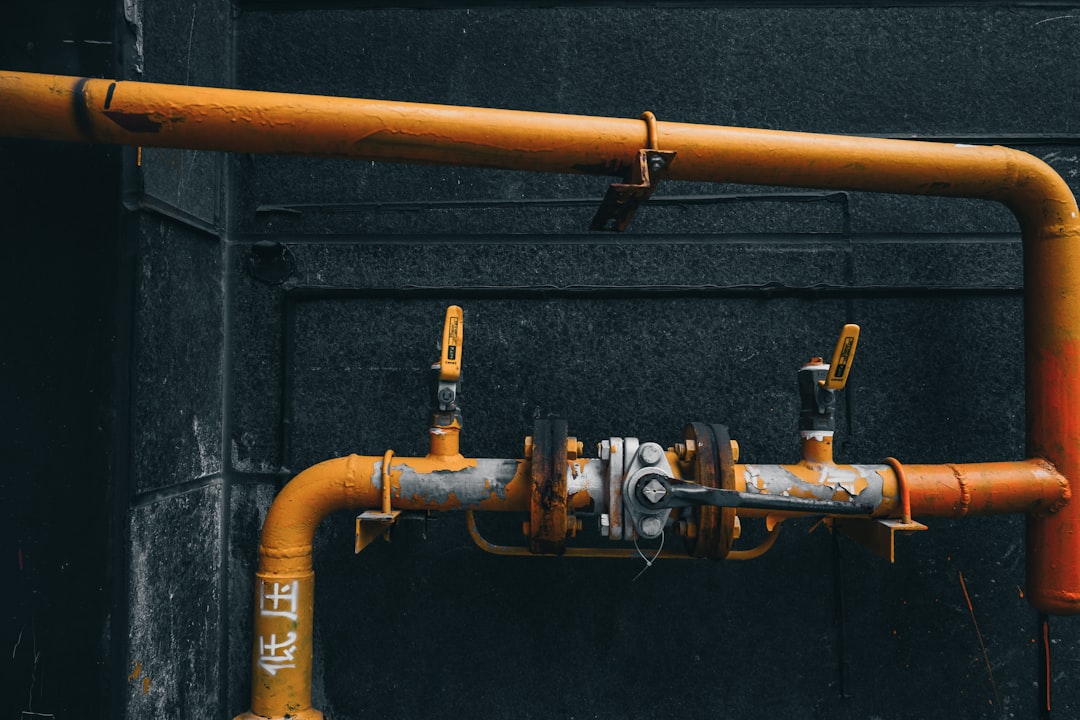
Choosing the right QR format ensures that your scanner arrives at the most helpful destination with the least friction. In the pipe locating category, the most effective formats are those that reduce field guesswork, simplify contact exchange, and standardize compliance.
Static codes are best for fixed, enduring content. Dynamic codes are ideal when content or routing may change. Most providers use a mix of both, leaning heavily on dynamic codes for anything customer-facing or compliance-related to avoid reprinting and relabeling when information changes.
With Sona QR, all of these formats can be created, edited, and tracked in a single dashboard. Providers can test, reassign, and sequence destinations so a code behaves differently for existing customers or for scanners at a trade show versus scanners on a worksite.
Growth often hides in moments that never make it into your CRM: a scan on an equipment label, a glance at a quick-start guide, a troubleshooting video watched at 6 a.m. A strategic QR rollout captures these moments and converts them into meaningful next steps for the business.
Prioritize placements where scanners have immediate intent and where outcomes are measurable. Start with high-frequency surfaces and work outward. Each incremental placement adds a new data stream that clarifies demand patterns and informs your marketing, sales, and service decisions.
When deployed thoughtfully, scan data flows into your CRM, marketing automation, and analytics stack. Sona QR lets you push scans into Salesforce or HubSpot with metadata like asset ID, location, and campaign so your team can respond with context.
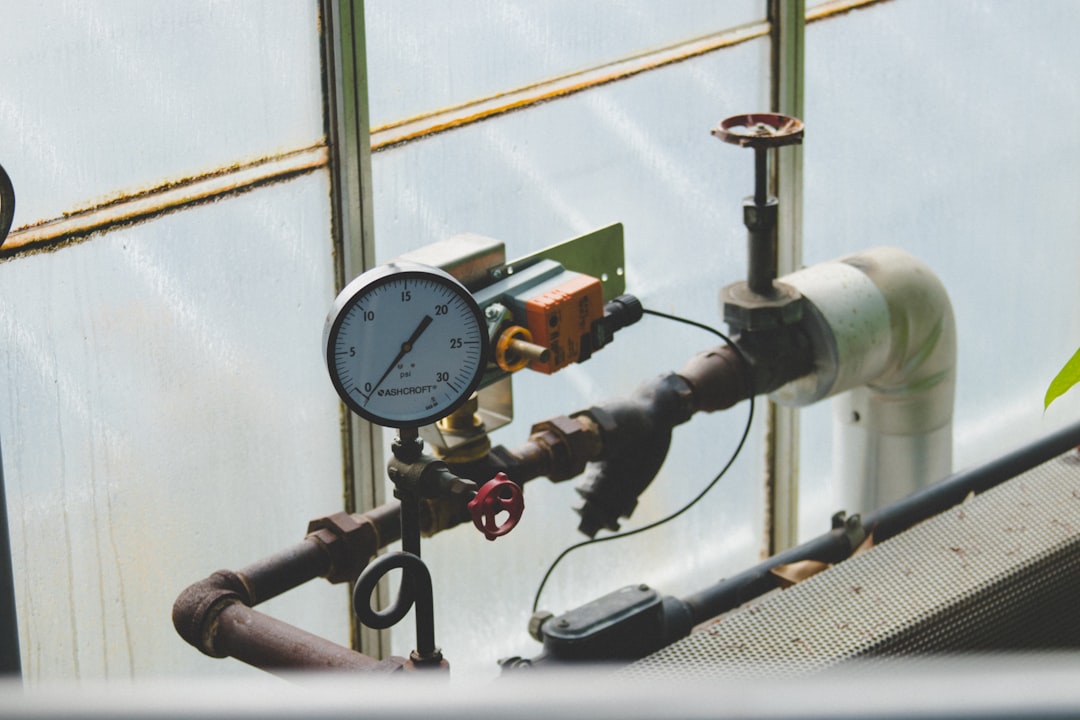
Use cases that tie directly to field success and revenue creation should sit at the center of your QR strategy. The following scenarios align with common workflows in utility locating and mapping, and each provides an immediate benefit to technicians, customers, and managers.
Place each code where it will be seen at the decisive moment. Use friendly, compelling calls to action that tell the scanner exactly what they will get. Keep destinations short, clear, and optimized for mobile so that the experience is seamless.
These three anchor use cases often lead to additional extensions like consumable reordering, warranty activation, training enrollment, and post-job feedback collection. Each one converts an analog moment into a digital interaction you can track and improve.
Every scan carries intent. A scan on a frequency guide signals active use. A scan on a pricing sheet suggests purchase consideration. A scan on a safety placard might indicate a new crew onboarding at a site. Segmenting audiences by scan context lets you tailor follow-up messaging that feels relevant and timely.
To turn raw scan data into retargeting fuel, connect your QR platform to your CRM and ad channels, then define rules that capture who scanned, what they scanned, and where and when it happened. Sona QR enables this routing so your lists are always fresh and behavior-based rather than guesswork.
For pipe locating teams, useful audience distinctions include technicians versus procurement managers, rental users versus purchasers, municipal teams versus private contractors, and first-time scanners versus repeat scanners. Each group warrants different messaging and offers, which reduces noise and raises conversion rates.
A connected marketing engine requires consistent messaging and continuous feedback loops. QR codes serve as the connective tissue between print, physical environments, and your digital ecosystem. They make offline actions measurable, reduce friction for prospects, and bring field usage into your analytics view.
In pipe locating, the most effective integrations happen where technical detail meets real-world urgency. Prospects want spec clarity. Technicians want immediate answers. Operations teams want visibility into demand and engagement. QR codes satisfy all three groups with minimal overhead.
Sona QR centralizes the creation and management of these codes while Sona.com provides cross-channel attribution. Together they reveal which placements, messages, and formats are moving the needle so you can invest where it matters most.
Getting from idea to impact requires a repeatable process. Treat each QR initiative as a mini campaign with a clear objective, a defined audience, and measurable outcomes. Start small, validate what works, then scale across assets and regions with consistent governance.
Field conditions can sabotage great ideas if not tested thoroughly. Gloved hands, rain, dust, and low light will expose weak design choices. Pilot in the harshest environment you face, then roll out with confidence to the rest of your footprint.
Anchor your campaign to a specific operational or growth challenge so you can measure success. Examples include reducing incomplete check-in and check-out records for rentals, accelerating troubleshooting during emergency locates, and improving renewal rates by making extensions self-serve. For providers, one high-impact starter is an on-equipment QR that logs maintenance and links to a short calibration video. Another is a trade show code that books demos without relying on badge scans.
Define the success metric up front. That could be an increase in maintenance logs per month, a decrease in mean time to resolve a support ticket, or a set number of demo bookings per event. Clear goals guide content choices, design, and placement.
Match your goal to the right code. If you need trackable flexibility and plan to update content, choose a dynamic code. Dynamic codes also enable routing by time or user segment, which is helpful for staging pre-show versus post-show content. If your destination will not change, a static code may suffice for emergency contacts or long-lived documents.
In pipe locating environments, dynamic codes are usually the safer default. Equipment models evolve, regulations change, and training materials get updated. A dynamic QR lets you evolve the experience without replacing labels already out in the field.
Create a design that matches the physical realities of your environment. Add a clear border, a brief call to action, and brand colors that contrast with the background. Choose larger sizes for outdoor use and for scanning distances beyond arm’s length. Test on multiple devices in bright sunlight, low light, wet conditions, and with protective cases on phones.
Pair the visual code with instructional microcopy. Examples include Scan for quick-start video, Scan for rental extension, or Scan for safety checklist. If the code will live on curved surfaces like helmets or small handles, test for distortion and pick a forgiving error-correction level. Sona QR lets you generate printable, high-resolution files optimized for different materials and sizes.
Roll out to placements with the strongest blend of intent and visibility. Start with equipment asset tags, inside-case placards, rental paperwork, trade show displays, and direct mail. Expand to vehicles, job site signage, and parts packaging once the core journey is proven. Coordinate with operations so codes are placed consistently and crews know how to use them.
Consider environmental durability. Use weatherproof labels for outdoor assets and high-adhesion materials for high-touch surfaces. Include replacement protocols so damaged or peeling labels get swapped quickly and codes remain usable.
Collect scan analytics and connect them to downstream outcomes. Monitor which assets and regions generate the most scans, how often scanners return, and where drop-offs occur in your forms or videos. A/B test landing pages, CTAs, and visual frames to improve conversion. Tie scans to CRM contacts and accounts so sales and service can see the full context.
Use insights to tune your program. If a quick-start video has high rewatch rates, move it higher in the page and add a short form for optional follow-up. If trade show scans spike during certain sessions, replicate those topics in webinars. Sona QR and Sona.com make it straightforward to attribute revenue to scans and to refine campaigns while they are active. See Sona’s offline attribution guide for more.
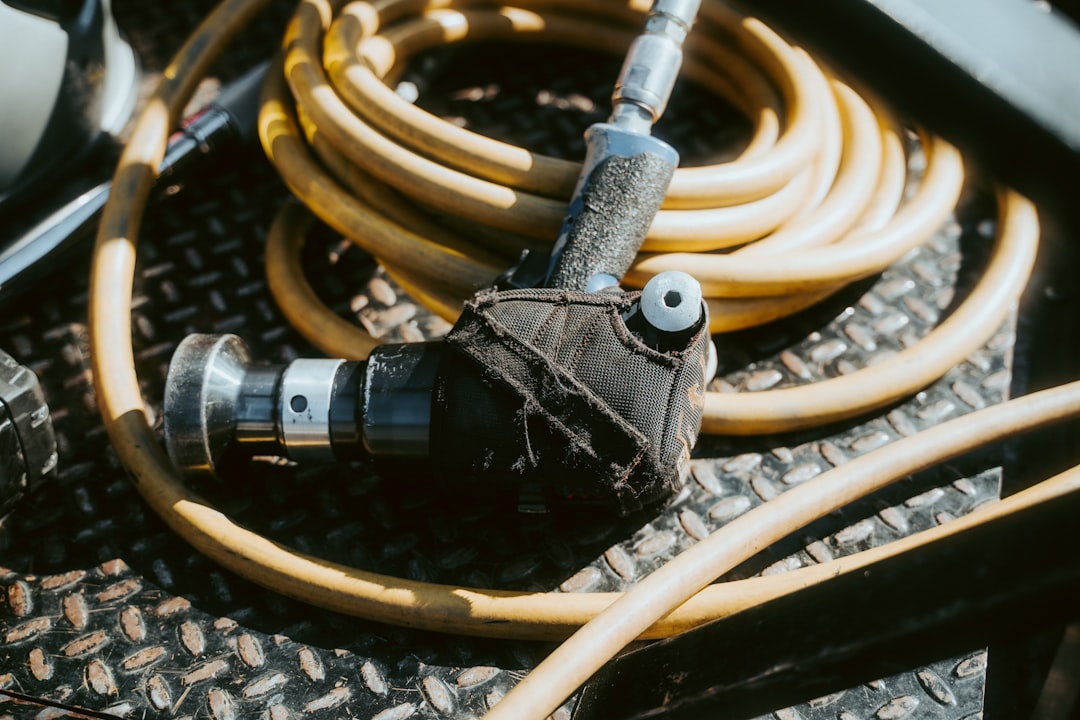
For most providers, the biggest missed opportunity is the gulf between a scan and a sale. Without proper tracking, a scan is just a vanity number. With the right data model, a scan becomes a step in a measurable journey that leads to revenue and retention. Teams can see which assets are working, which messages resonate, and which prospects are moving from curiosity to commitment.
Your analytics stack should capture scan fundamentals and tie them to outcomes. That includes time, device, location, and asset ID, plus the user’s subsequent behavior. Did they watch a video to the end, fill a form, or request a quote? This is the difference between marketing activity and business impact.
When you measure the whole journey, QR codes move from a convenience feature to a core performance channel. That elevates the program internally, secures budget, and guides ongoing optimization.
Expanding from a pilot to a program requires intentional governance, thoughtful design, and automation that reduces manual effort. The following practices help you scale with clarity and confidence, while making each scan more actionable.
Teams should also invest in education. Explain to internal crews and to customers what they gain by scanning, such as faster support, current instructions, or easy rental extensions. Clear expectations lift scan rates and foster a culture of scanning as the fastest path to value.
Creative deployments can keep momentum high. Consider QR codes on safety vests to confirm training completion, or on invoices to streamline rental renewals. Another example is placing a code inside lifting lids of transmitter cases that opens a two-minute refresher video before first use on a shift. Small touches that anticipate real needs produce outsized returns.
Pipe locating equipment providers have historically grappled with fragmented workflows, invisible prospects, and hard-to-measure field engagement. QR codes, when thoughtfully deployed, convert every physical touchpoint into a digital entry point that serves the scanner and informs your business. The upside is more than convenience. It is a system for better safety, faster support, richer data, and clearer attribution.
By transforming equipment, signage, and documents into interactive gateways, providers can reduce downtime, shorten time to information, and surface buying signals that were previously lost. With dynamic content updates, centralized management, and CRM integrations, your team gains a continuous feedback loop from field to desk and back again.
Key gains:
With Sona QR, you can generate and manage dynamic codes, test and optimize campaigns, and sync scan data to your CRM and ad platforms. Sona.com extends this by connecting scans to revenue with identity resolution and multi-touch attribution. Together they give pipe locating equipment providers everything needed to capture demand at the source and convert it into measurable results.
Pipe locating equipment providers face increasing pressure to deliver accurate, rapid, and compliant outcomes in complex environments. Fragmented documentation, invisible field engagement, and untapped sales opportunities need not persist. By making QR codes the standard for equipment access, safety information, and support resources, you eliminate friction and reveal valuable intent signals that guide better decisions. This is how field-to-desk alignment becomes real: practical, scalable, and directly tied to growth. Start creating QR codes for free.
QR codes have revolutionized the pipe locating equipment providers industry by transforming traditional product access and information sharing into seamless, interactive experiences. They empower providers to not only streamline equipment usage and maintenance but also enhance customer engagement by delivering instant, precise data and support exactly when needed. Imagine technicians effortlessly accessing detailed equipment specs or troubleshooting guides with a simple scan—boosting efficiency and reducing downtime across projects.
With Sona QR, you gain the ability to create dynamic, trackable QR codes that can be updated instantly without reprinting, ensuring your clients always have the latest information at their fingertips. Every scan becomes a valuable data point, helping you understand usage patterns, optimize support, and strengthen customer relationships. Start for free with Sona QR today and turn every scan into an opportunity to improve service, drive loyalty, and grow your business.
QR codes help streamline field operations by providing instant access to up-to-date manuals, calibration procedures, safety information, and support resources without requiring app downloads, thereby reducing downtime, improving compliance, and enhancing safety.
QR codes connect physical equipment to dynamic digital content such as calibration videos and maintenance logs, enabling technicians to complete tasks quickly and accurately while managers track usage and maintenance in real time, reducing errors and operational delays.
Common QR code formats include web links to manuals and videos, vCards for contact sharing, PDF downloads for checklists and certifications, custom forms for service requests, SMS or email triggers for support tickets, and app download links for advanced diagnostics.
Providers can use centralized platforms like Sona QR to collect scan data including time, location, device, and asset ID, integrate this data with CRM systems, and attribute scans to sales and service outcomes for better engagement measurement and follow-up.
QR codes provide instant access to the latest safety protocols, regulatory guidelines, grounding guides, and marking standards on equipment, job site banners, and placards, which helps reduce non-compliance risks and ensures consistent adherence to safety procedures.
Providers typically select dynamic QR codes when content needs frequent updating for compliance or customer-facing materials, while static codes are used for fixed, enduring content like emergency contacts or long-lived documents.
Key steps include defining a clear use case, choosing the appropriate QR code type, designing and testing codes for the environment, deploying codes on high-intent touchpoints like equipment and rental kits, and tracking scan data to optimize performance.
QR codes on each locator and transmitter link to model-specific calibration videos and digital maintenance logs, enabling technicians to complete and sync service records easily, ensuring complete histories and fewer missed calibrations.
QR codes should be printed on durable, weatherproof labels suitable for outdoor use, placed where technicians work such as control panels and battery compartments, and tested for scannability in low light, rain, and with gloves or phone cases.
Providers can place QR codes on trade show displays, direct mail, rental packaging, and service vehicles to offer spec sheets, demo bookings, training calendars, and support, while tracking scans to segment audiences and retarget with personalized messaging.
Use Sona QR's trackable codes to improve customer acquisition and engagement today.
Create Your FREE Trackable QR Code in SecondsJoin results-focused teams combining Sona Platform automation with advanced Google Ads strategies to scale lead generation

Connect your existing CRM

Free Account Enrichment

No setup fees
No commitment required

Free consultation

Get a custom Google Ads roadmap for your business






Launch campaigns that generate qualified leads in 30 days or less.
